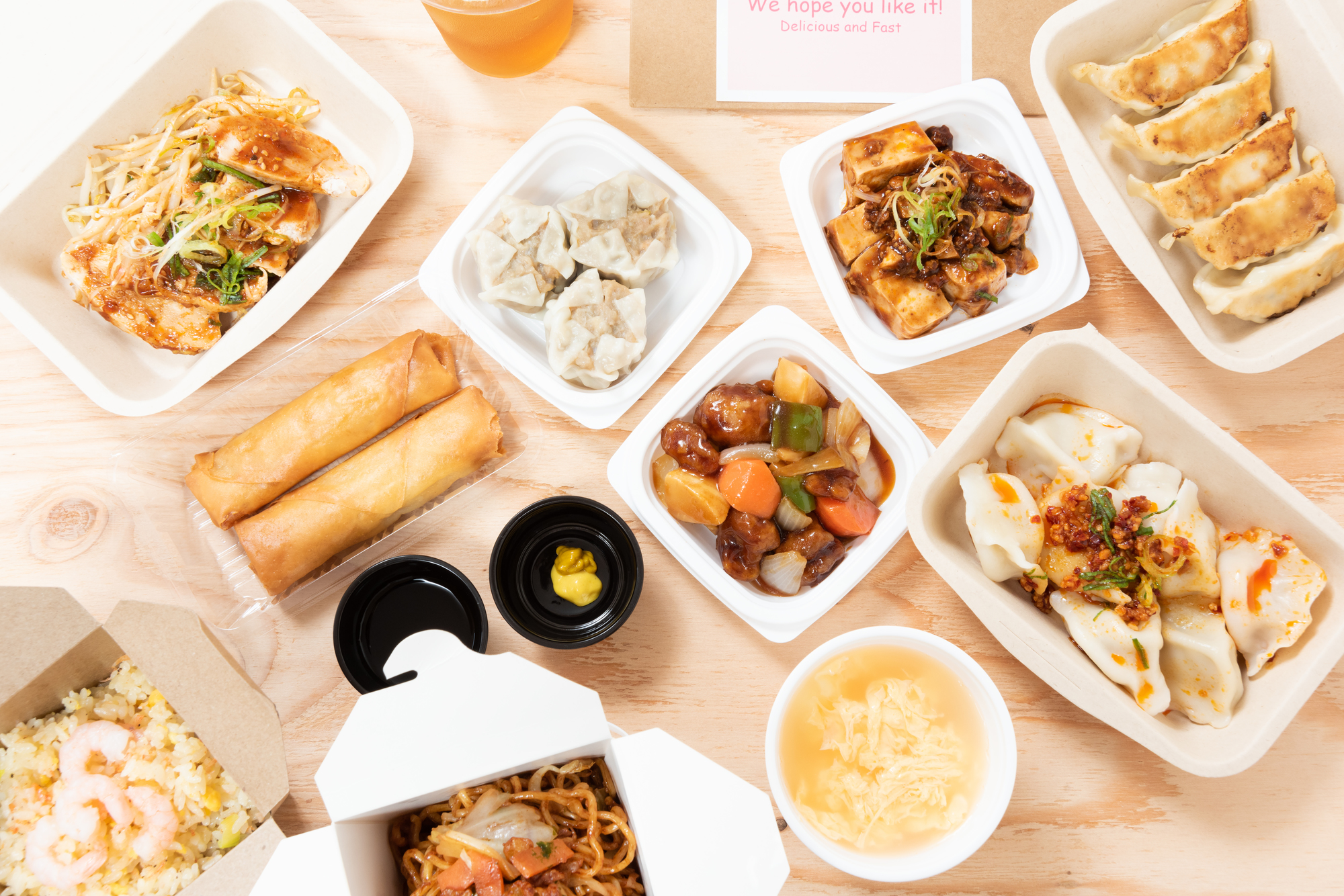Bad weather, sushi-loving tourists, and government restrictions have combined to create a rice shortage in Japan that shows no sign of abating until the 2024 harvest is in.
Climate change had a negative impact on the 2023 crop, but the USDA outlook for the 2024 crop is positive, quoting industry reports that predict better yields and crop quality.
“I do not anticipate this shortage having a significant impact on the global rice market. There is ample rice supply globally, offering plenty of alternatives for sourcing. I believe this issue is temporary,” Zanna Aleksahhina, grains market reporter at Expana, an independent price-reporting agency, told The Food Institute.
Agriculture Minister Tetsushi Sakamoto pled with consumers not to panic buy as supermarkets restricted shoppers to a single bag in August and the Obon holiday celebrations delayed deliveries.
The result of the rice shortage has been bare store shelves.
“Throughout summer 2024, Japan has been grappling with a table rice shortage resulting in empty supermarkets, as demand outpaced production for the last three years causing stocks to deplete to their lowest levels in over 20 years. Demand for table rice also spiked in August, as consumers bought more rice than typical in preparation for natural disasters during Japan’s typhoon season and following a major earthquake warning,” the USDA explained.
Rice stocks are at a 25-year low, according to the official data, pushing prices to an 11-year high in August of $111.24 for 60 kilograms, up 14% from August 2023.
“I eat rice every day,” Nobuko Stratton, the wife of Defense Department employee Joseph Stratton, told Stars and Stripes, saying she has been unable to find rice anywhere outside the Yokota Air Base. And she can tell the difference between the rice sold on base and the Japanese varieties.
“Japanese rice is sweeter and stickier. I’d just like the situation to be back to normal, where I can find bags of rice anywhere at any time,” Stratton said.
Historically, The Diplomat noted, rice shortages have preceded political instability, citing 1918 and 1993 in particular. The problem was the 2023 harvest, which, though large enough to look like it would keep up with demand, proved lacking in quality, with just 59.6% of the crop receiving a high-quality grade.
An editorial in the Sankei Shimbun blamed government policy that restricts imports for much of the shortage and urged a change in policy to keep prices, which have been soaring, in check.
“What the shortage has revealed is the fragility of our rice supply mechanism. It can suddenly become disrupted if several risks overlap, even if it is not a time of crisis and rice crop conditions are not extremely poor. It is hard to say the Ministry of Agriculture, Forestry, and Fisheries has responded adequately to this evolving situation,” the editorial said.
The editorial also took the government to task for restricting production, encouraging farmers to grow animal feed instead. It suggested, instead, that Japan increase its production so that it can export part of the crop, ensuring there would be enough at home.
One glimmer of hope is the problem with last year’s crop has encouraged development of heat- and drought-resistant varieties.
“It’s going to keep getting hotter, which makes me feel that without varieties that resist high temperatures, this is going to become a very tough job,” farmer Yoshitaka Funakawa, 73, told Reuters. Funakawa is helping to test a heat-resistant variety in one of the warmest areas of the country just north of Tokyo.
The Food Institute Podcast
Restaurant results for the second quarter weren’t stellar, but people still need to eat. Are they turning to their refrigerators, or are restaurants still on the menu for consumers? Circana Senior Vice President David Portalatin joined The Food Institute Podcast to discuss the makeup of the current restaurant customer amid a rising trend of home-centricity.












